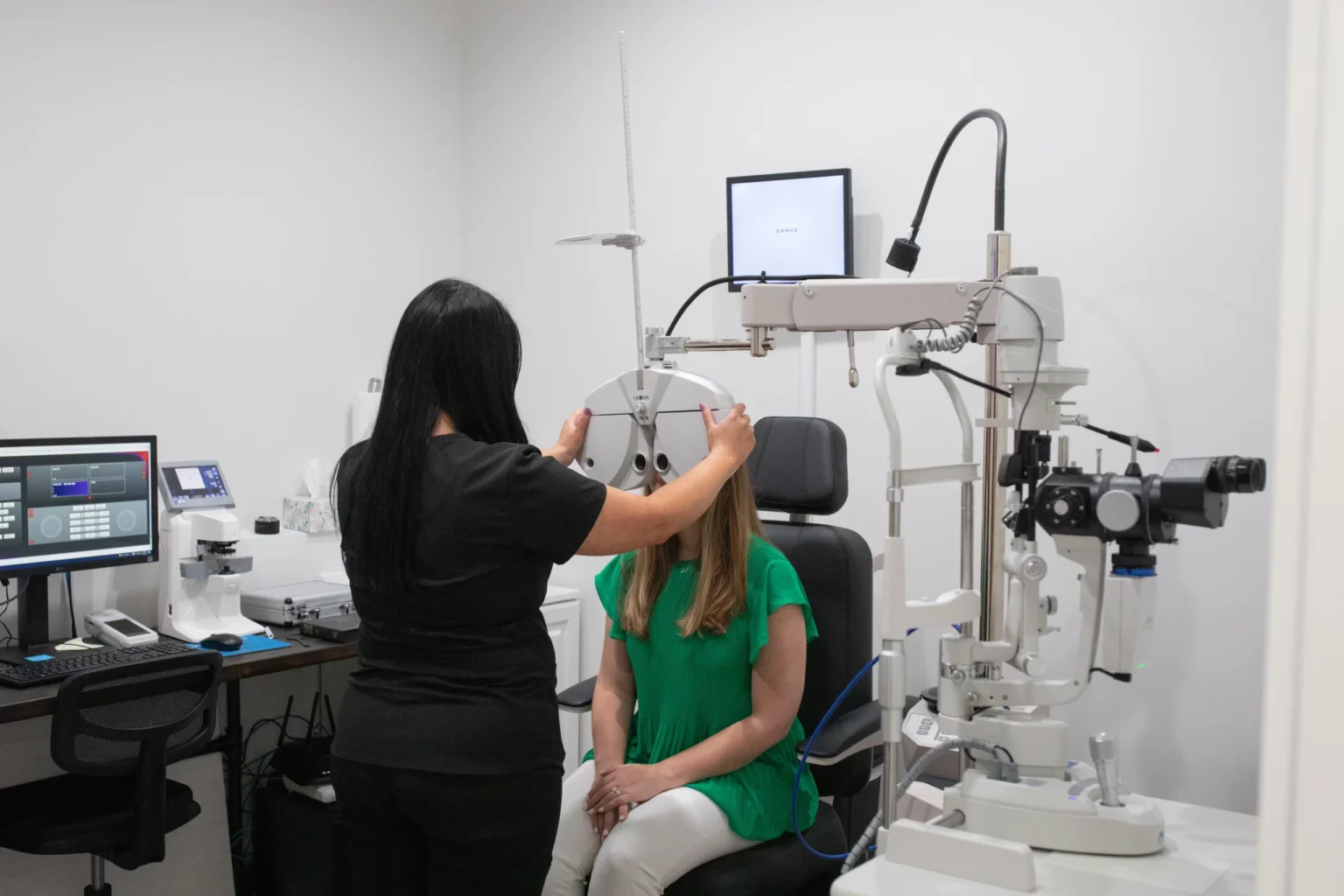Surgery for retinal detachment is a fundamental step in protecting and restoring your vision. Retinal detachment occurs when the retina, a thin layer of tissue at the back of the eye, separates from its support structure. This condition requires prompt surgical intervention to prevent vision loss. Post-operative recovery is a key phase where patients must follow precise guidelines for successful healing. Here’s information on the types of surgeries for retinal detachment and the recovery process:
What Surgeries Treat Retinal Detachment?
Surgical treatment for retinal detachment is key to preventing further vision damage. Retinal detachment separates the retina from the underlying layers, leading to potential vision impairment or blindness if left untreated. Surgery reattaches the retina, restoring its function and protecting your vision. Depending on the severity and specifics of your condition, your healthcare provider may recommend one of the following procedures:
Scleral Buckle
This procedure involves attaching a flexible band made of silicone around the eye’s exterior to gently push the eye wall against the detached retina. Sometimes, a laser is also used during this surgery to help the retina remain in its proper position. Scleral buckle surgery is particularly beneficial for extensive retinal detachments and is often combined with other procedures to achieve improved outcomes.
Pneumatic Retinopexy
This minimally invasive method involves injecting a gas bubble into the eye, positioning it to press against the detached retina. Over time, the bubble flattens the retina against the eye wall, aiding the healing process. This procedure is technically a nonsurgical treatment for retinal detachment, but laser surgery may be necessary to make sure the retina stays intact.
Vitrectomy
Vitrectomy removes the vitreous gel from the eye to address retinal tears or detachment by replacing it with a gas or silicone oil that holds the retina in place. This technique is frequently used for complex or severe cases and often involves a longer recovery period. This surgery is used directly on the tear internally in the eye.
What Is Post-Operative Recovery Like?
Following surgery, you can expect some discomfort and specific care instructions. Adhering to your provider’s guidance is key to healing effectively. Your doctor may recommend wearing an eye patch for a specified period. This protects the eye from irritation and exposure, providing your eye with a clean environment that promotes healing.
If a gas bubble was placed in your eye, commonly during pneumatic retinopexy or vitrectomy, you’ll receive instructions to maintain a particular head position to keep the bubble against the retina. This positioning must be followed precisely, as it impacts the success of your surgery. Post-operative care includes medicated eye drops prescribed to help reduce inflammation, prevent infection, and promote healing.
Rest is fundamental during the initial weeks following surgery. Avoid strenuous activities, heavy lifting, and sudden head movements. Always consult your healthcare provider about when you can resume regular activities, including exercise and driving.
How Long Is the Recovery Process?
Every patient’s recovery timeline is unique, depending on the type of surgery and the severity of the detachment. Here is what you can typically expect during:
- Weeks 1-2: Mild discomfort is common during this time, which should gradually improve. Your vision may appear blurry initially as your eye adjusts and starts to heal. Wearing an eye patch and adhering to prescribed rest and medication are key.
- Weeks 3-4: Inflammation decreases, and your overall comfort should improve. While vision clarity may still vary, many patients notice steady progress.
- Months 2-3: Improved vision becomes more apparent as the retina stabilizes. For some, the full effects of the surgery may take several months. Regular follow-ups with your doctor are key to monitoring progress and addressing concerns.
Learn More About Retina Detachment Surgeries
Recovering from retinal detachment surgery requires patience, care, and strict adherence to your provider’s instructions. Each step you take during this period plays a significant role in safeguarding your vision for the future. Connect with an experienced ophthalmologist team to learn more about treatment options and post-operative care that best suits your needs.
